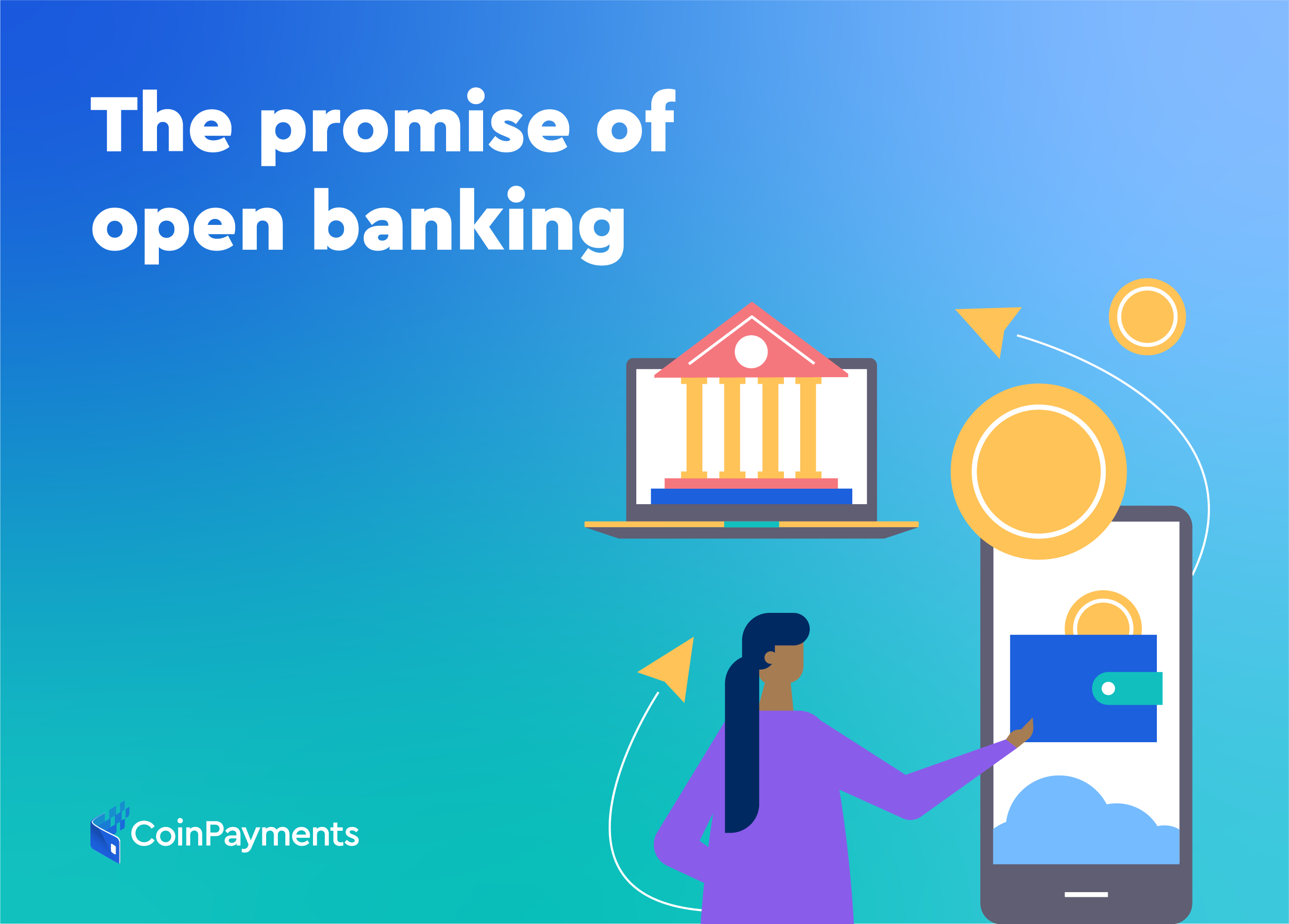
The advent of cryptocurrencies and blockchain shook the status quo, transforming the way we think about money. It made us demand progress from the financial institutions that had monopolized the payments industry for years. In turn, that forced them to rethink their traditional, exclusionary ways of doing things.
There’s a similar awakening happening now with how banks are using our data.
There’s no questioning it: data has become currency in the modern world. When we agree to privacy policy statements, we’re exchanging access to our personal data for access to the platform or service being offered by a company.
Effectively, sometime in the last two decades, we went from being the desired consumer to the sought-after product. With the digital era’s industrial boom came a seemingly endless hunt for access to a trove of consumer information, and it can feel like we’ve lost ownership of our own personal data. And, as the world becomes increasingly data-driven, it doesn’t look like the hunt is going to slow down any time soon. This can all seem very bleak, but there’s hope.
In recent years, there has been a renewed focus on promoting data transparency, with a rise in initiatives seeking to reposition ownership of data back into the hands of those it represents. One such initiative is the concept of open banking: a reliable, customer-focused approach to share financial data with third-party providers and offer consumers a more personalized array of financial services, with their consent.
Open banking promises to give people the freedom and ability to leverage their data for their benefit and to allow existing financial institutions to innovate and expand their service offerings. While it may have once been assumed that open banking initiatives could pose a threat to traditional financial institutions, the reality is that open banking is meant to serve as a complement to the services that retail banks offer, not a replacement.
In the past few years, banks globally have progressively invested more resources to integrate open banking technologies into their platforms, recognizing the value-add it can provide for clients. According to Tink’s 2020 open banking survey, the leading motivator for open banking spending by financial institutions has been customer experience.
All in all, the survey shows that financial institutions in Europe are expanding their open banking budgets to account for an increasingly competitive financial services landscape. This feat represents a desirable consequence for open banking advocates, as one of the aims of open banking is to restore competitiveness in the financial services market while creating more outlets for financial wellness resources.
Still, even as the momentum of open banking has been building, some financial institutions are resistant to jump on the bandwagon just yet.
“One of the most underestimated challenges is culture change,” Maria João Borges Carioca Rodrigues, member of the Board of Directors and Executive Committee at the second largest bank in Portugal, said in the Tink survey. “In order to embrace open banking, we have needed to change our mindset from the protective approach to adopt an opportunistic attitude instead.”
The leading barrier to investment in open banking initiatives, according to the survey, was the commitment to the continued use of legacy IT structures. However, while legacy systems have survived (barely) the storm that is digital transformationism, retail banks will soon come to realize that the digitally-charged nature of open banking technologies is most suitable to address the growing needs of consumers. Needless to say, the potential returns from introducing these services far outweigh the lost cost of legacy system maintenance.
The majority of financial institutions have recognized this fact, with some investing upwards of $100 million into open banking initiatives. Nearly two-thirds of survey respondents noted that their open banking spending has increased this year, compared to 2019. Expectations for payback periods on open banking investments range from one to over 10 years, with the majority of survey respondents stating they expect to see returns on their investments in the next three to four years.
For open banking’s potential to truly be realized, we must let time take its course. No emerging technology has been accepted and adopted overnight just yet, and we shouldn’t expect anything different when it comes to something as disruptive and transformational for the financial industry at large.
Here at CoinPayments, we’re curious to see what this open banking movement could mean for cryptocurrencies and the broader payments industry. As traditional financial institutions shift focus more towards the customer experience, the industry is setting itself up for fast-paced change. And, if consumers start asking for more alternative payments, this may push crypto adoption into the mainstream sooner rather than later.